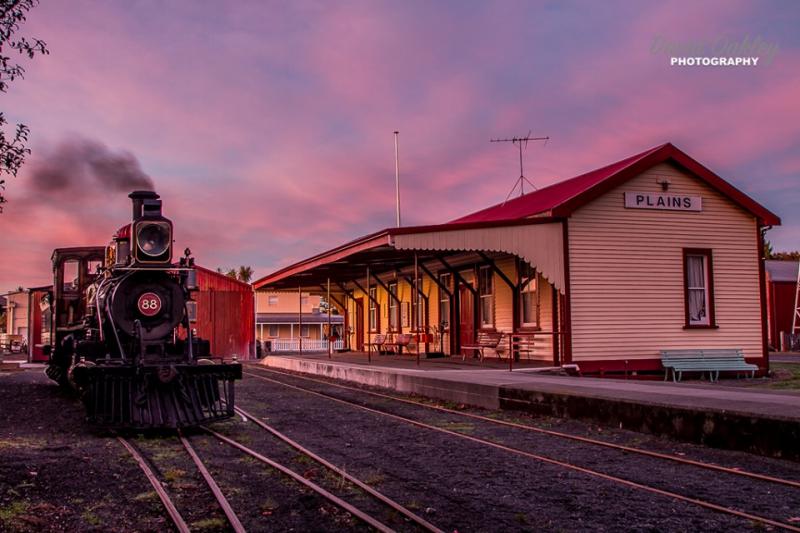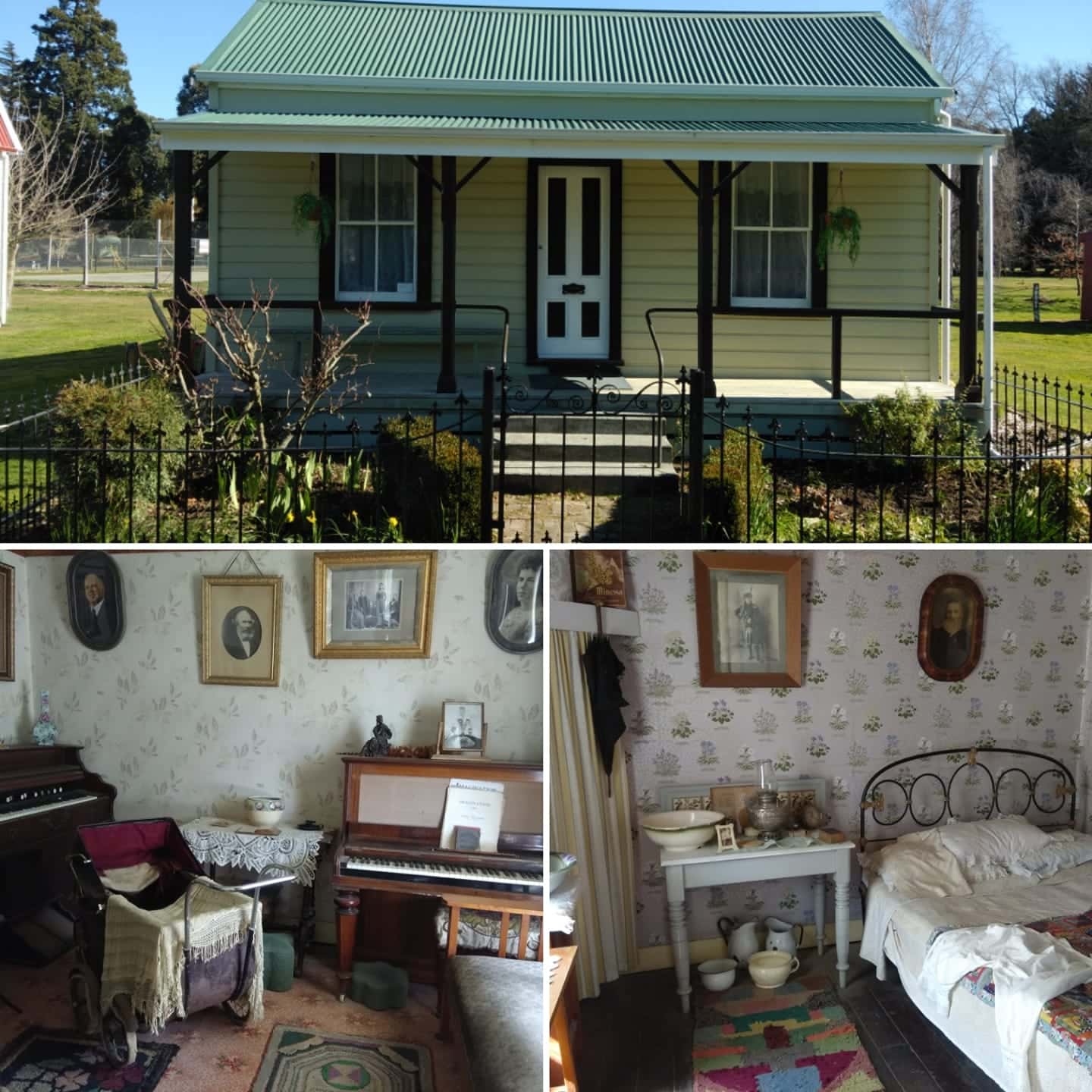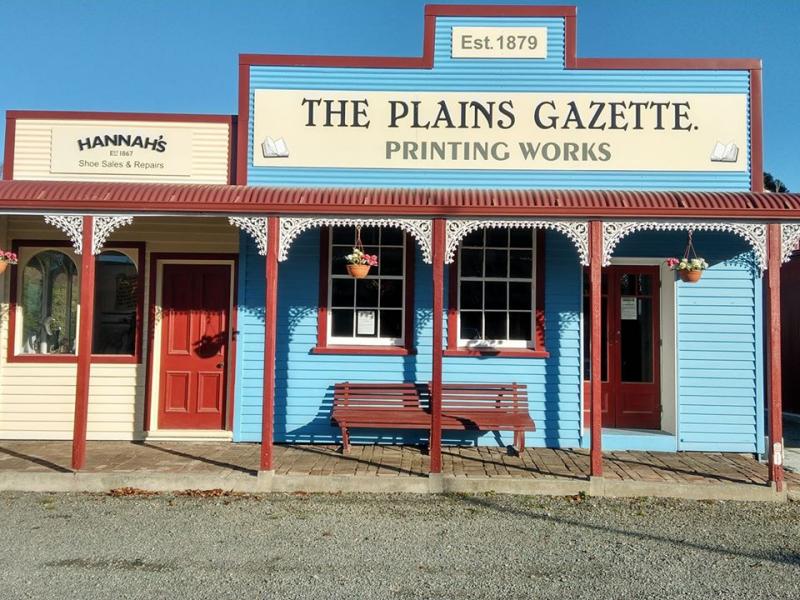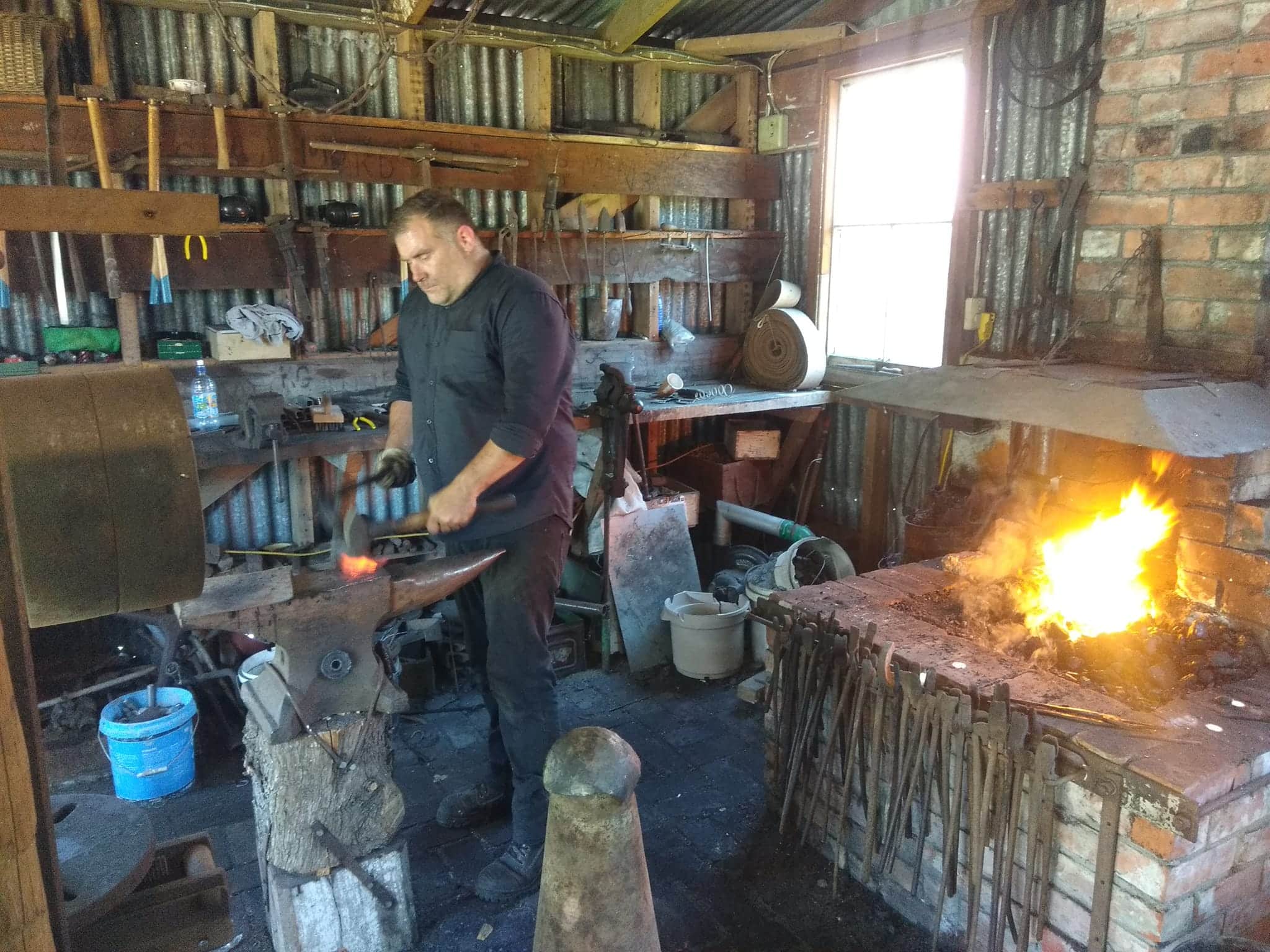OUR ATTRACTION & PROJECTS
Chertsey Railway Station
Our station was originally situated at Chertsey; about 15 minutes drive north of Ashburton. Built in 1919, it became redundant under the centralisation of the traffic control system in 1975. Chertsey was the highest station on the South Island trunk line, being 239 feet above sea level.In September 1975 permission was granted to the Ashburton Railway and Preservation Society (The Plains) to shift this Railway Station from Chertsey to Tinwald by New Zealand Railways.
Permission was granted to the Ashburton Railway and Preservation Society (The Plains) to shift this Railway Station from Chertsey to Tinwald, in September 1975 by New Zealand Railways. The Ashburton Jaycees undertook the task of shifting and relocating this 69 ft building on the 26th February 1976. Three Chimneys, a safe and sections of the roof were removed before the building was moved. It was not possible to transport the whole building, so a section including the Wood/Storage area was not included. The journey itself took two hours, over 2.5 days, with about 40 workmen involved. The Transport was provided by Brightlings Transport Ltd. and the cost of shifting and relocating the station was estimated at $1,500.00.
On arrival The station was painted, and some internal alterations were made. For many years the station was painted in a red, white and grey livery until 2010 when the station was returned to a more traditional cream and red scheme. Once repainted the building was once again finished off with station name boards.
Pioneer Weatherboard Cottage
During the planning of this site in the 1970’s, it was decided to rebuild a Pioneer Village and obtain/construct appropriate buildings and artefacts to give an authentic impression of Ashburtons’ local history.
This Cottage was shifted from its’ Princes Street site to The Plains on the 30th March 1978 for restoration, after being donated to the Society by Mr Bill Turner, a local builder. This had been lived in, up until a year before being relocated. This was one of the last remaining old style weatherboard Cottages, once so common in Ashburton.
This Cottage was known as a ‘Minors Cottage’, an example of typical working class accommodation in Ashburton. The actual age of this cottage is uncertain -a clue is held in the hand-made bricks in the chimney – machine made bricks were not manufactured in Ashburton until 1900 according to Mr Ralph Crum, Brick maker. Crums started producing bricks in 1878.
Alterations were made once the cottage was on site. The wall paper – dating from the 19th century – was found in the attic of an old Woodville Store, and purchased for $1.20 a roll – however it is likely that early cottage walls were plain whitewashed. The front veranda was also added.
In November 1979, this project was completed and opened to the public.
A classic Cottage Garden compliments this Building.
Replica Shops
This building which houses our replica shops was transported to our site from the Ashburton Intermediate School on the 4th February 1977. It was formerly used as the wool-classing room. It was renovated with the addition of the facade of the pre-1920s when transferred to our site.
The building has been split into four replica shops – a Chemist, a Hairdresser and Tobacconist, a Hannah’s Shoe Store and a Printing Works. All of the buildings house displays gifted from various shops around Ashburton and the local area to accurately portray the type of shop they represent.
The Blacksmiths Shop
Blacksmiths shops were once common features in most towns throughout New Zealand, with horses needing shoes and providing an endless array of iron objects and construction of our very own working Blacksmiths Shop began in March 1980 – with its completion and opening to the public in November of 1981.
As the name suggest, the Blacksmiths shop contains a vast array of equipment and tools once used by Blacksmiths, including a working forge which has been put to use on a number of projects at The Plains over the years. The Blacksmiths Shop also contains an array of belt driven tools and equipment, which are all driven from a single shaft that runs along the roof-line of the building and is powered by a two-cylinder Blackstone engine.
Waterton Church
Waterton is located south of Ashburton, between the Ashburton and Hinds Rivers. Nearby localities include Ashton and Wheatstone to the Northeast, Flemington to the north, Eiffelton to the northwest and Longbeach to the Southwest. Waterton was founded in the second half of the 19th century by European immigrants. The Anglican “Church of St Philip and St James†was dedicated on the 14th August 1878 and by 1888 the little town had it’s own town hall.
At its height, Waterton was a service town for the surrounding rural area. It was home to 235 people and had amenities such as General Store, Post Office, Public Library, Hotel, Anglican Church and School. However during the latter half of the 20th century, Waterton severely declined.
It is now really a Ghost Town.
In the early 2000s, the land titles of the towns former lots were amalgamated by the owner and then divided into four new ‘lifestyle blocks’ for development.
The new owners appealed to the Ashburton District Council to revoke the designation of the town’s former streets, which by that stage were merely unformed roads, so that they could be merged into the new properties. In August 2006, the Council granted this request and stopped the roads.
Few remnants of Waterton remain today, apart from the remains of the Town Hall, and the local Cemetery is not far from the site of the township.
A last service was held before the Waterton Church closed, and the building left its original site on Thursday 1 July 1976, and was delivered to our site on Sunday 4th July 1976. The Church is available for hire, head over to our Weddings & Functions page for more information.





